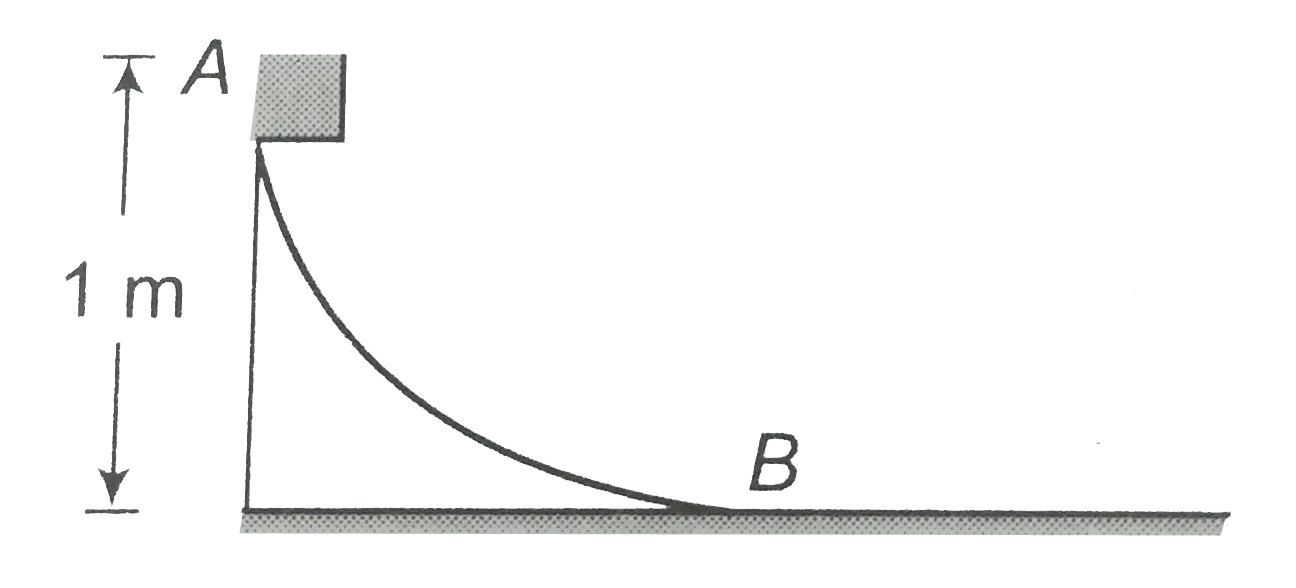
A block weighing 10 kg travels down a smooth curved track AB joined to a rough horizontal surface (see the figure.) The rough surface has a friction coefficient of 0.20 with the block. If the block starts slipping on the track from a point 1 m above the horizontal surface, how far will it move on the rough surface?
3 m
4 m
5 m
6 m
The correct Answer is:C
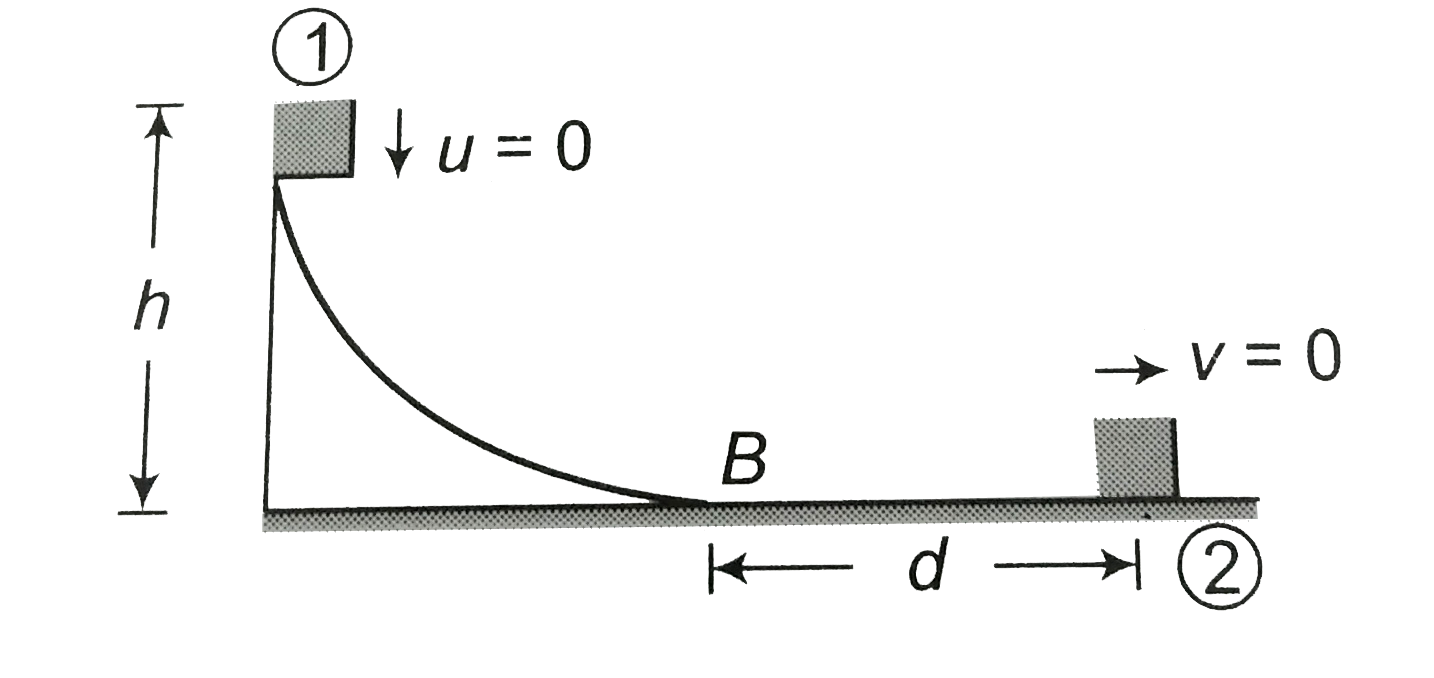
K1+U1=K2+U2+Wf
0+mgh=0+0+μmgd
d=hμ=10.2=5m
Topper's Solved these Questions
Similar Questions
A block weighing 10 N tavels down a smooth curved track AB joined to a rough horizontal surface. The rough surface has a friction coeficient of 0.20 with the block. If the block starts slipping on the track from a point 1.0 m above the horizontal surace, how far will it move on the rough surface?
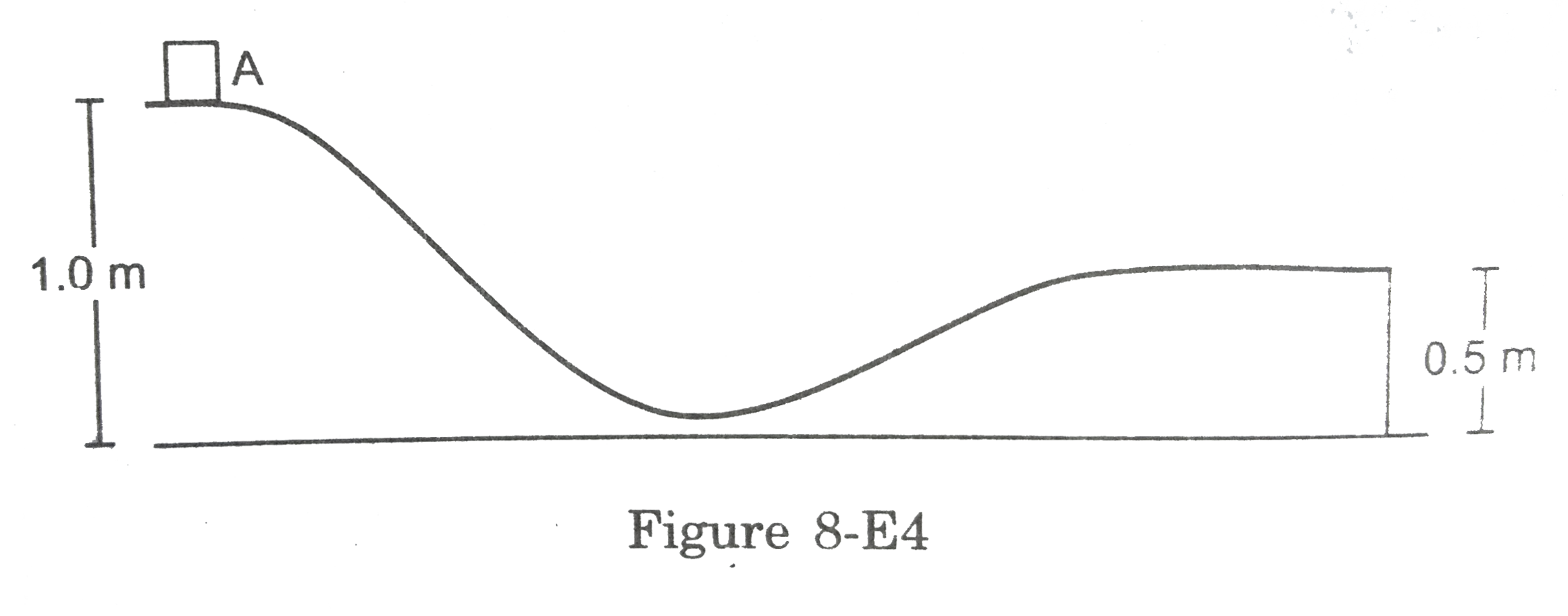
View SolutionA force of 49 N just able to move a block of wood weighing 10 kg on a rough horizontal surface , then coefficient of friction is
View Solution
Knowledge Check
A block weighing 40N travels down a smooth fixed curved track AB joined to a rough horizontal surface (figure). The rough surface has a friction coefficient of 0.10 with the block. If the block starts slipping on the track from a point 2.0m above the horizontal surface, the distance it will move on the rough surface is :−
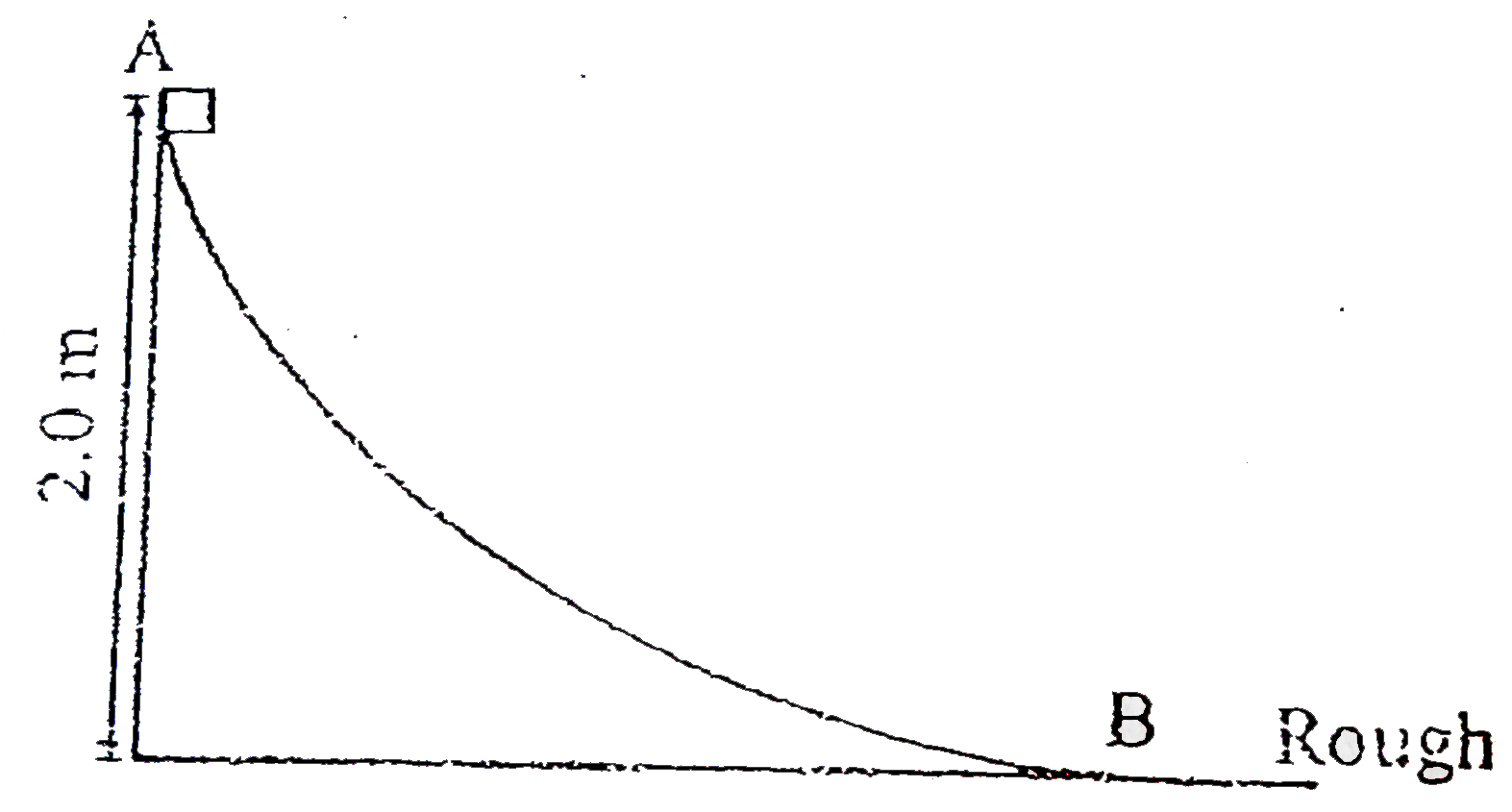 A40mB20mC15mD10m
A40mB20mC15mD10mA block weighing 10 N travels down a smooth curved track AB joined to a rough horizontal surface (figure). The rough surface has a friction coefficient of 0.20 with the block. If the block is released from rest on the track from a point 1.0 m above the horizontal surface, the distance it will move on the rough surface is
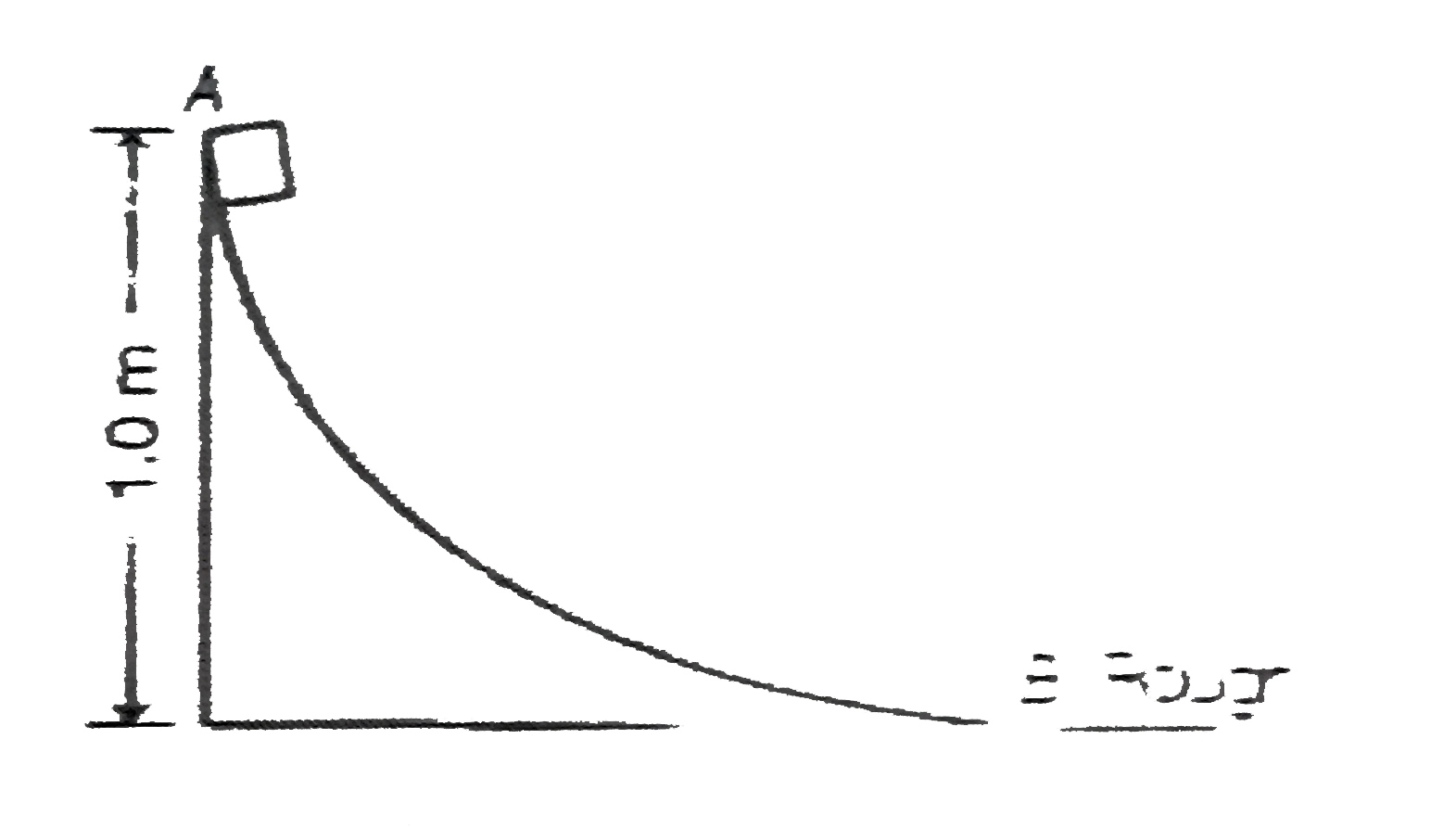 A5.0 mB10.0 mC15.0 mD20.0 m
A5.0 mB10.0 mC15.0 mD20.0 mA block is sliding on a rough horizontal surface. If the contact force on the block is √2 times the frictional force, the coefficient of friction is
A0.25B1√2C√2D1
Figure shows an irregular wedge of mass m placed on a smooth horizontal surface. Part BC is rough.
If the coefficient of friction between the block and wedge is μ, and the block comes to rest with respect to wedge at a point E on the rough surface then BE will be
View SolutionA 10 kg block is set moving with an initial speed of 6 m/s on a rough horizontal surface. If the force of friction is 20 N, approximately how far does the block travel before it stops?
View SolutionA block of mass m is placed on a rough horizontal surface. If minimum force to pull the block is mg2 then coefficient of friction is :
View SolutionA block slides down a smooth inclined plane and then moves on to a rough horizontal surface. Which of the following is/are correct? (Neglect impulsive effect at the bottom of incline)

View SolutionA block is kept on a rough horizontal surface as shown. Its mass is 2 kg and coefficient of friction between block and surface (μ)=0.5. A horizontal force F is acting on the block. When

View Solution